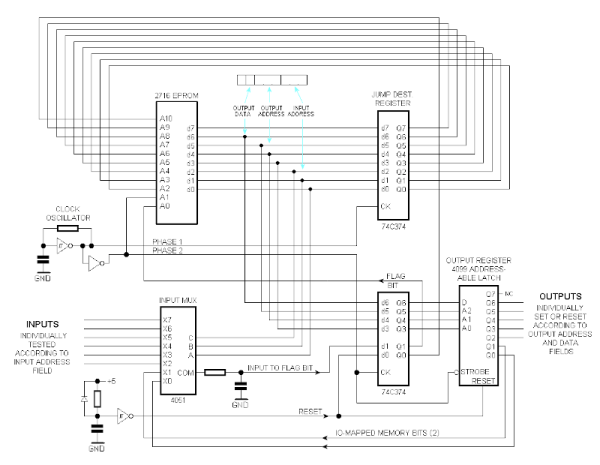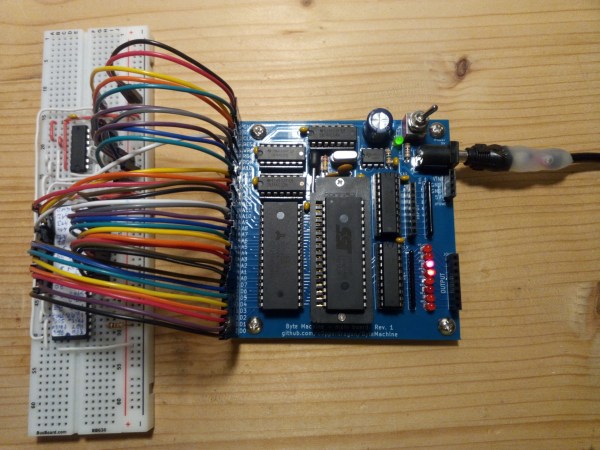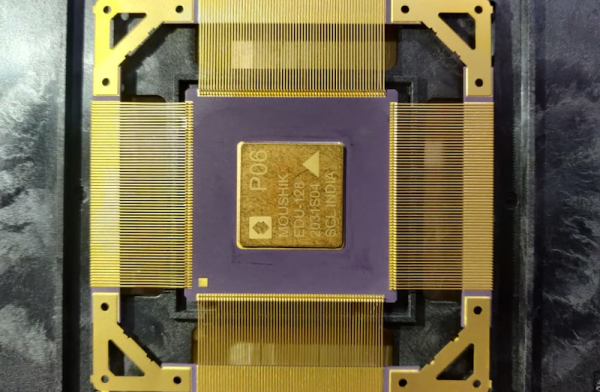Monty Python once did a sketch where people tried to summarize Proust in fifteen seconds. Although summarizing eight FPGA-based CPUs is almost as daunting, [jaeblog] does a nice job of giving a quick sketch of how the CPUs work with the Xilinx Vivado toolchain and the Digilent Arty board.
The eight CPUs are: VexRiscv, LEON3, PicoRV32, Neo430, ZPU, Microwatt, S1 Core, and Swerv EH1.
The comparison criteria were very practical: A C compiler (gcc or llvm) for each CPU and no CPUs that were tied to a particular FPGA. Two of the CPUs didn’t fit on the Arty board, so their comparisons are a bit more theoretical. There were other considerations such as speed, documentation, debugging support, and others.
It was interesting to see the various CPUs ranging from some very mature processors to some new kids on the block, and while the evaluations were somewhat subjective, they seemed fair and representative of the things you’d look for yourself. You can also get the test code if you want to try things for yourself.
The winner? The post identifies three CPUs that were probably the top choices, although none were just perfect. Of course, your experience may vary.
If you want an easy introduction to adding things to a soft CPU, this RISC-V project is approachable. Or if you prefer SPARC, check out this project.


















